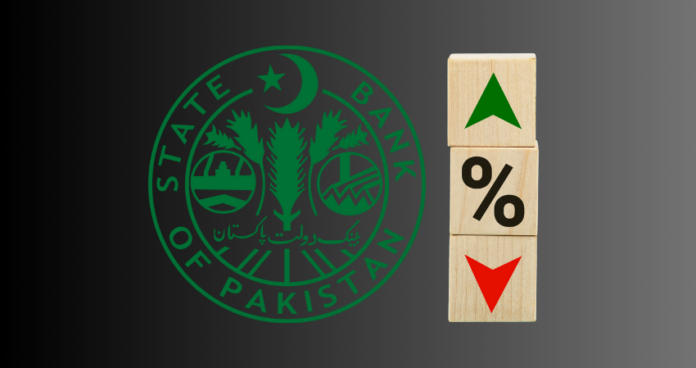The State Bank of Pakistan (SBP) on Monday held the benchmark policy rate steady at 11%, in line with market expectations, as the Monetary Policy Committee (MPC) assessed rising inflation and external sector vulnerabilities amid regional tensions and budgetary pressures.
In its post-meeting statement, the MPC said that May’s inflation reading of 3.5% year-on-year aligned with its forecast, while core inflation declined slightly. The committee noted that inflation is expected to gradually rise and stabilise within the 5–7% target range in the next fiscal year.
The decision to maintain the current policy rate was based on the view that real interest rates remain sufficiently positive to anchor inflation expectations and maintain price stability. The MPC acknowledged moderate improvements in economic activity, supported by earlier rate cuts, but also highlighted downside risks, particularly to the external account.
Among key concerns were the widening trade deficit, sluggish financial inflows, and the possible impact of proposed FY26 budget measures that could raise imports. The committee also cited risks from volatile global oil markets and the uncertain regional geopolitical environment, particularly in the Middle East.
The MPC reviewed several recent developments, including provisional GDP growth of 2.7% for FY25 and the government’s target of 4.2% growth for FY26. Despite a growing trade gap, the current account remained nearly balanced in April, and foreign exchange reserves rose to $11.7 billion following the first review under the Extended Fund Facility.
Fiscal indicators showed improvement, with the primary balance surplus for FY25 revised to 2.2% of GDP, and a 2.4% surplus targeted for FY26. However, the committee noted that increased reliance on domestic financing and limited external inflows could pose fiscal management challenges.
The external account outlook remains mixed. While remittances continued to support the current account, weak exports and rising imports are expected to push the balance into a moderate deficit next year. The SBP’s reserves are projected to reach around $14 billion by end-June 2025, contingent on planned inflows materialising.
Real sector data pointed to a gradual recovery in economic activity. According to provisional estimates, GDP growth accelerated to 3.9% in the second half of FY25, driven by industry and services, while agriculture lagged due to lower crop output. The MPC expects this sectoral trend to continue, though weather-related risks could affect Kharif crop yields.
Private sector credit growth stood at 11%, reflecting improved sentiment and easing financial conditions. However, broad money growth moderated to 12.6%, and reserve money expanded, largely due to seasonal Eid-related currency demand and central bank liquidity operations.
Inflation risks remain in focus. The rise in headline inflation in May marked a reversal from the previous month, driven by base effects in food prices. Energy prices remained subdued, but the MPC warned of potential volatility from global commodity markets, domestic energy adjustments, and regional instability.
Market analysts had anticipated a status quo stance. Brokerage houses and research firms pointed to the rebound in oil prices and unresolved geopolitical tensions as key factors deterring further monetary easing. A Reuters poll also reflected a consensus view that the central bank would keep rates unchanged to manage inflation risks.
In conclusion, the MPC reiterated that future policy decisions would depend on the timely materialisation of foreign inflows, execution of fiscal consolidation plans, and implementation of structural reforms to support sustainable growth and macroeconomic stability.























